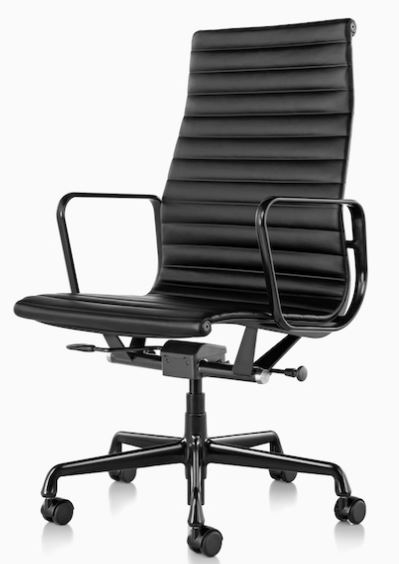Mike Tyson Sues Australian Streetwear Brand Culture Kings
Mike Tyson, the famous former boxer, has sued Australian streetwear brand Culture Kings and its founders. Mr Tyson alleges the respondents have engaged in misleading and deceptive conduct under the Australian Consumer Law for using his name, nicknames and likeness to sell t-shirts, without his permission. Mr Tyson alleges that Culture Kings’ t-shirts bear images of him, his name as well as his monikers “Iron Mike”, and “Kid Dynamite”.
Read More
